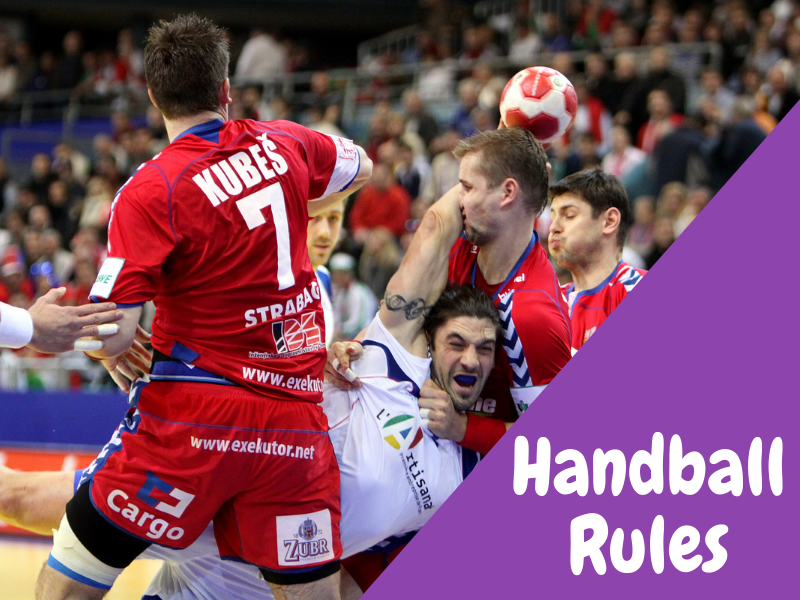
Some Rules of Handball that You Should Know
- by BLIISSTER
Handball is a high-intensity indoor team sport. To score goals and win the game, you must pass and dribble a ball with your hands.
The information in this area describes the fundamental basics of handball and the court’s rules and the various player positions.
How do you play Olympic and team handball?
Playing handball according to the fundamental rules is a high-intensity workout. It aids in the maintenance of a fit and healthy body.
The rules and regulations for handball in the United Kingdom allow two teams of seven players (7), with the option of using up to seven ‘rolling substitutes.’
Players sprint around the court in an attempt to score as many goals as possible. They do it by kicking the ball into the opposing team’s goal.
The International Handball Federation was established in 1946 and has been in charge of the sport ever since. In truth, the origins and defined rules of the modern game were created in 1906 by Denmark and Germany.
The England Handball Association’s bylaws helped to popularise the indoor sport in the UK. It’s also trendy in some parts of continental Europe.
Handball fundamentals

The six-meter line
No handball players (excluding the goalkeeper) are permitted in the goal area (inside the 6m line). This is an exception when a player jumps into the area after a shot on goal and shoots the ball formerly landing in the goal area.
‘Walking’
If a handball player proceeds more than three steps without drooling or keeps the ball for three seconds without bouncing, shooting, or passing, possession is forfeited.
‘Double dribble’
Handball players are not permitted to receive the ball, bounce it, then hold it and bounce it again. This is known as a ‘double dribble,’ and it is illegal.
Handball players (excluding the goalkeeper) are not allowed to kick the ball. If the ball comes into contact with the foot, possession is given to the opposing team.
Handball fouls
In handball, there is no tripping, shoving, striking, clinching, charging, or holding.
In handball, free throws are awarded for minor infractions of the rules. All defenders must keep a distance of 3 meters (9.84 feet) from the player taking the free throw.
In handball, penalty throws are awarded when an infringement prevents a clear scoring opportunity.
Handball sanctions
Depending on the severity of the infractions, the referee may issue a yellow card (warning), a suspension (2 minutes sitting out), or a red card to the players (dismissal).
After the ball has crossed a sideline, throw-ins are awarded. The team that did not touch it last takes it, with the player placing one foot on the line where the ball went out and passing it back into the court.
When a protector has knocked the ball over the goal line, the attacking team takes a corner (other than in the goal). The athlete places one foot on the goal line and the other on the corner of the sideline.
Goal-throws
When a goalkeeper’s ball crosses the goal line, this is known as a goal-throw. The goalkeeper then takes the throw from their half of the field.
Handball is a high-intensity indoor team sport. To score goals and win the game, you must pass and dribble a ball with your hands.
Handball is a high-intensity indoor team sport. To score goals and win the game, you must pass and dribble a ball with your hands.